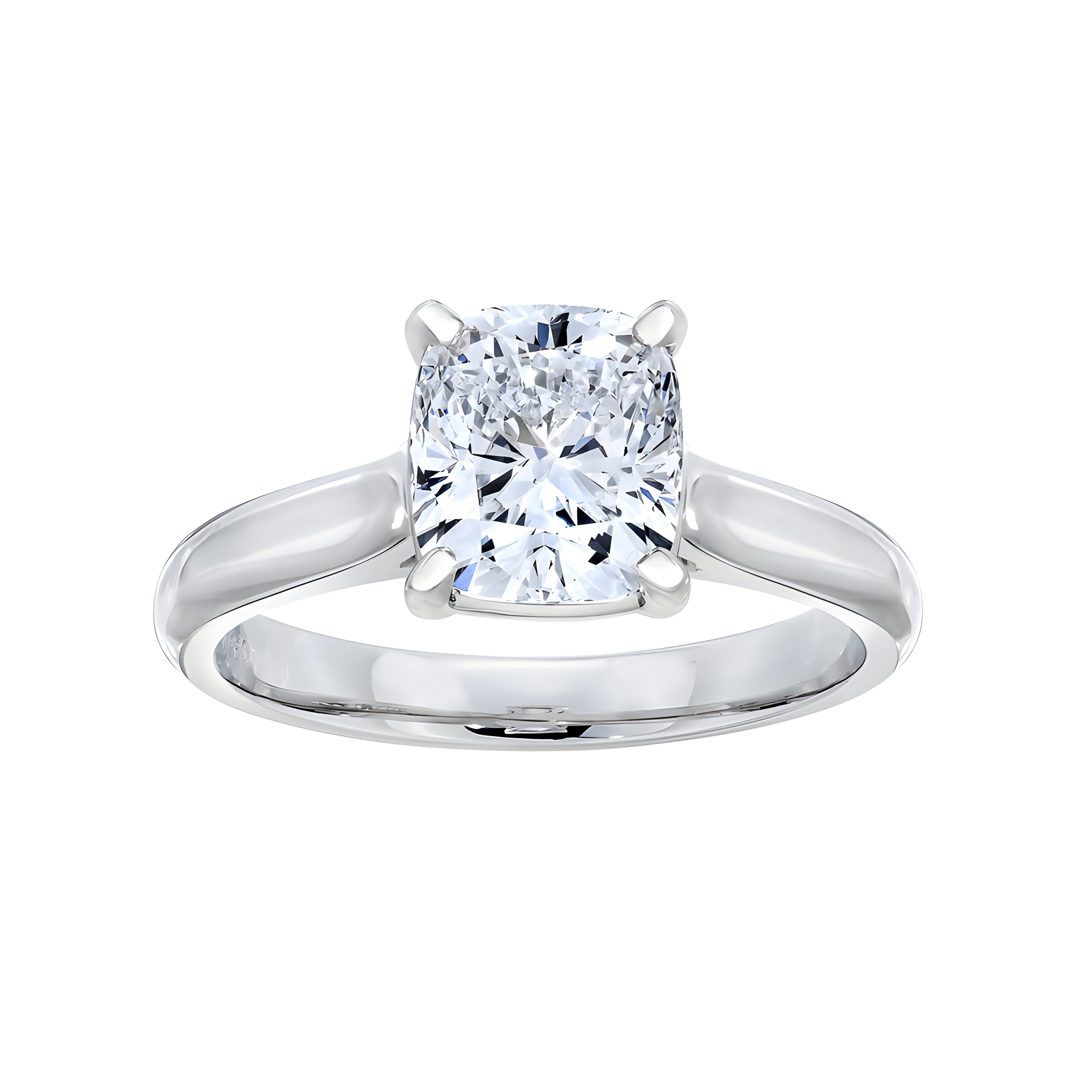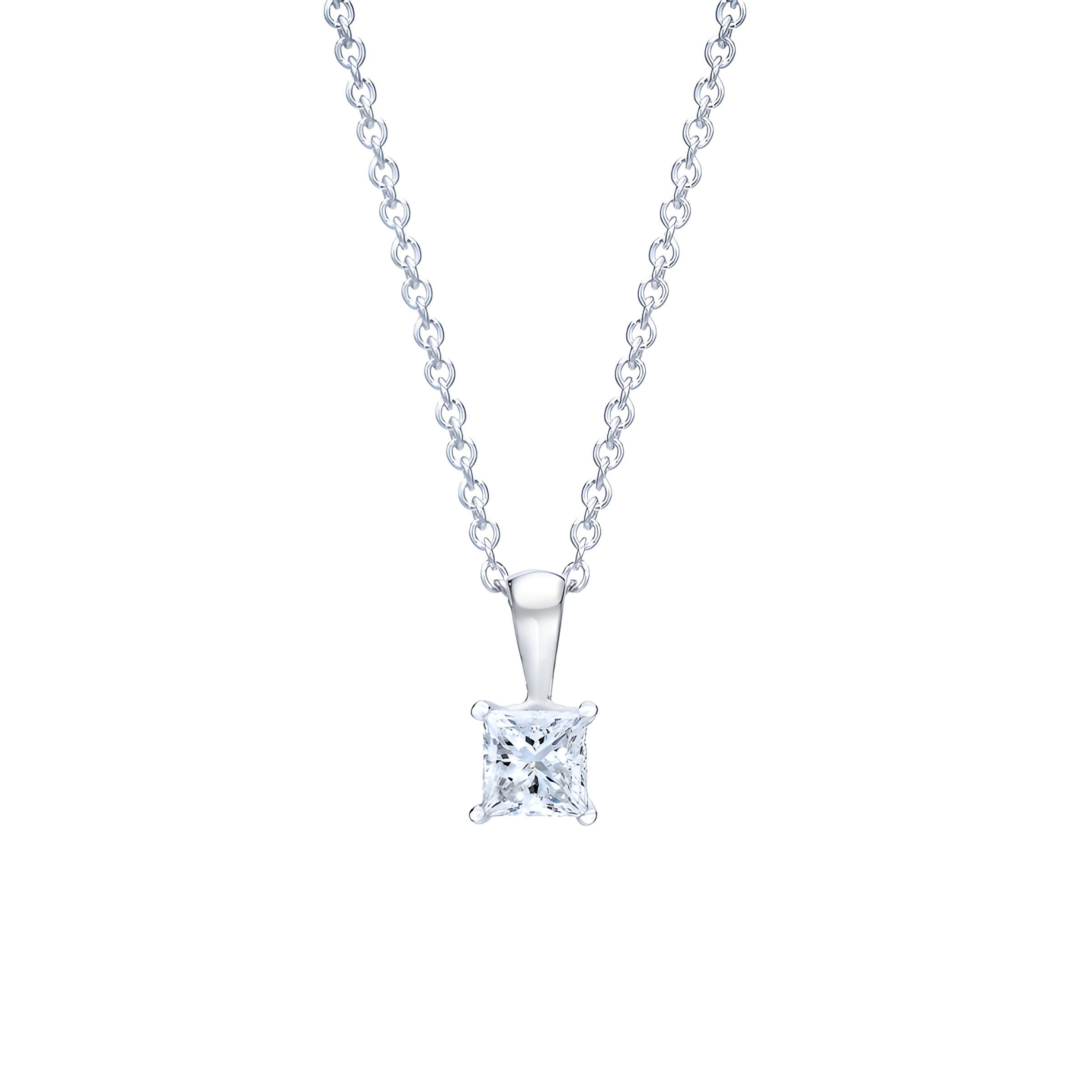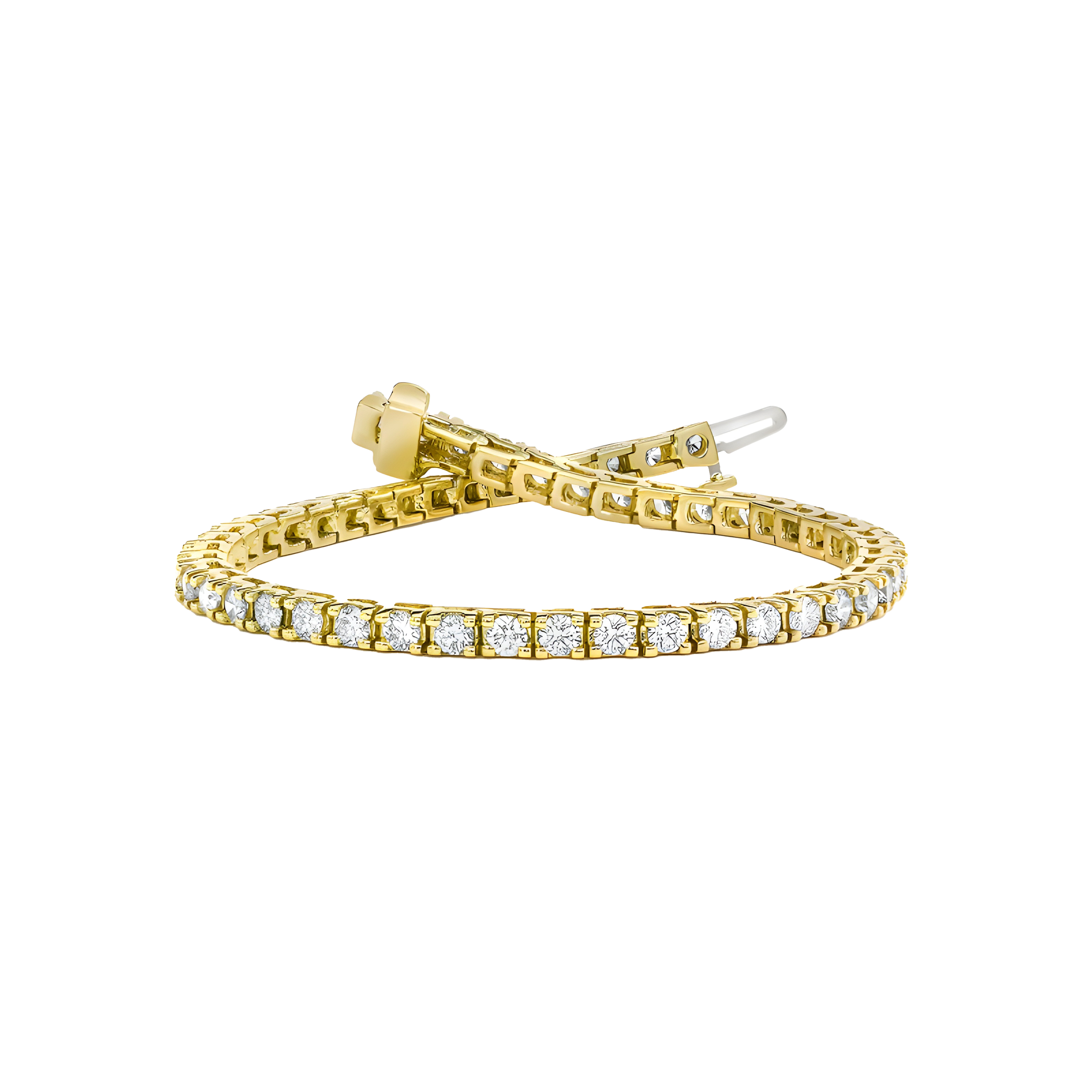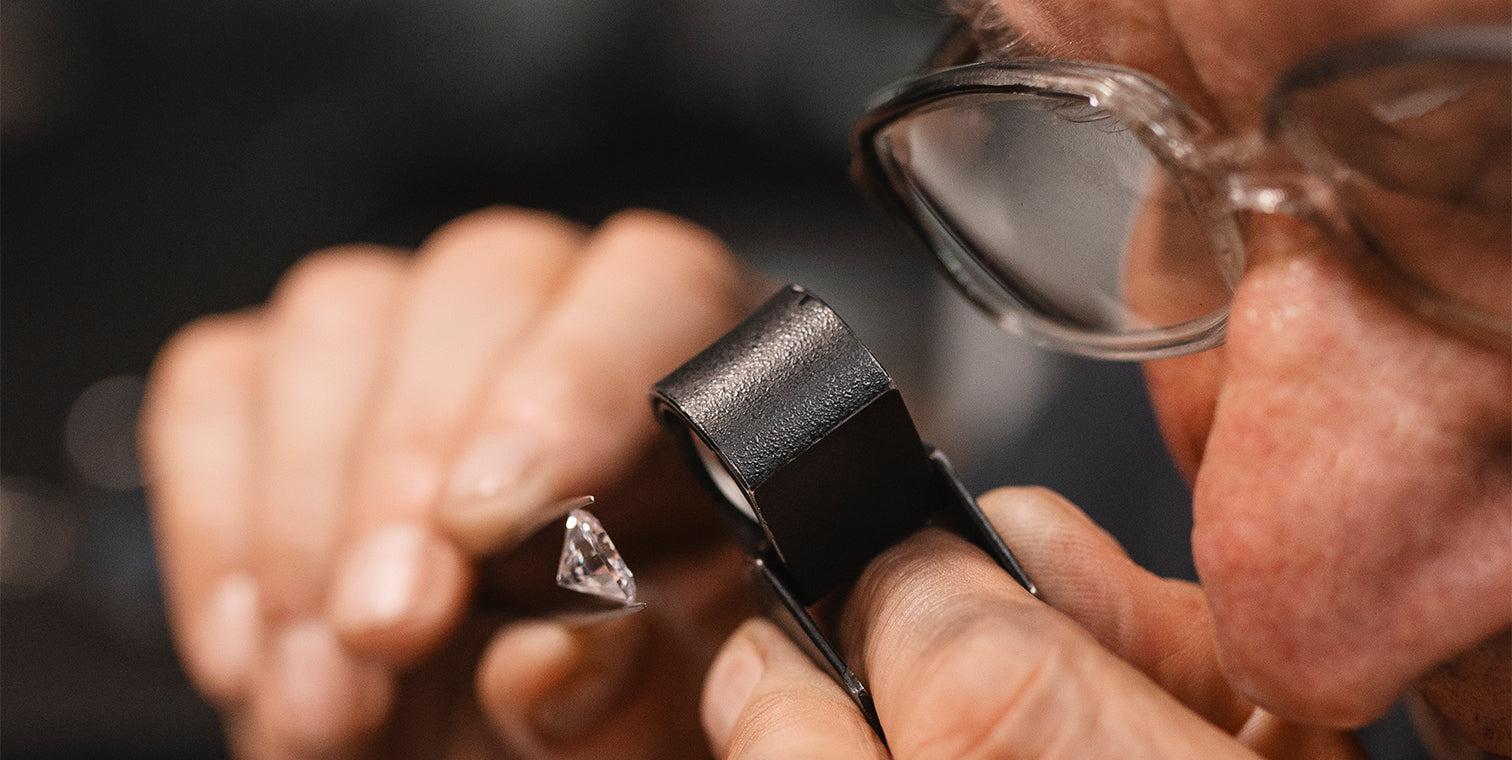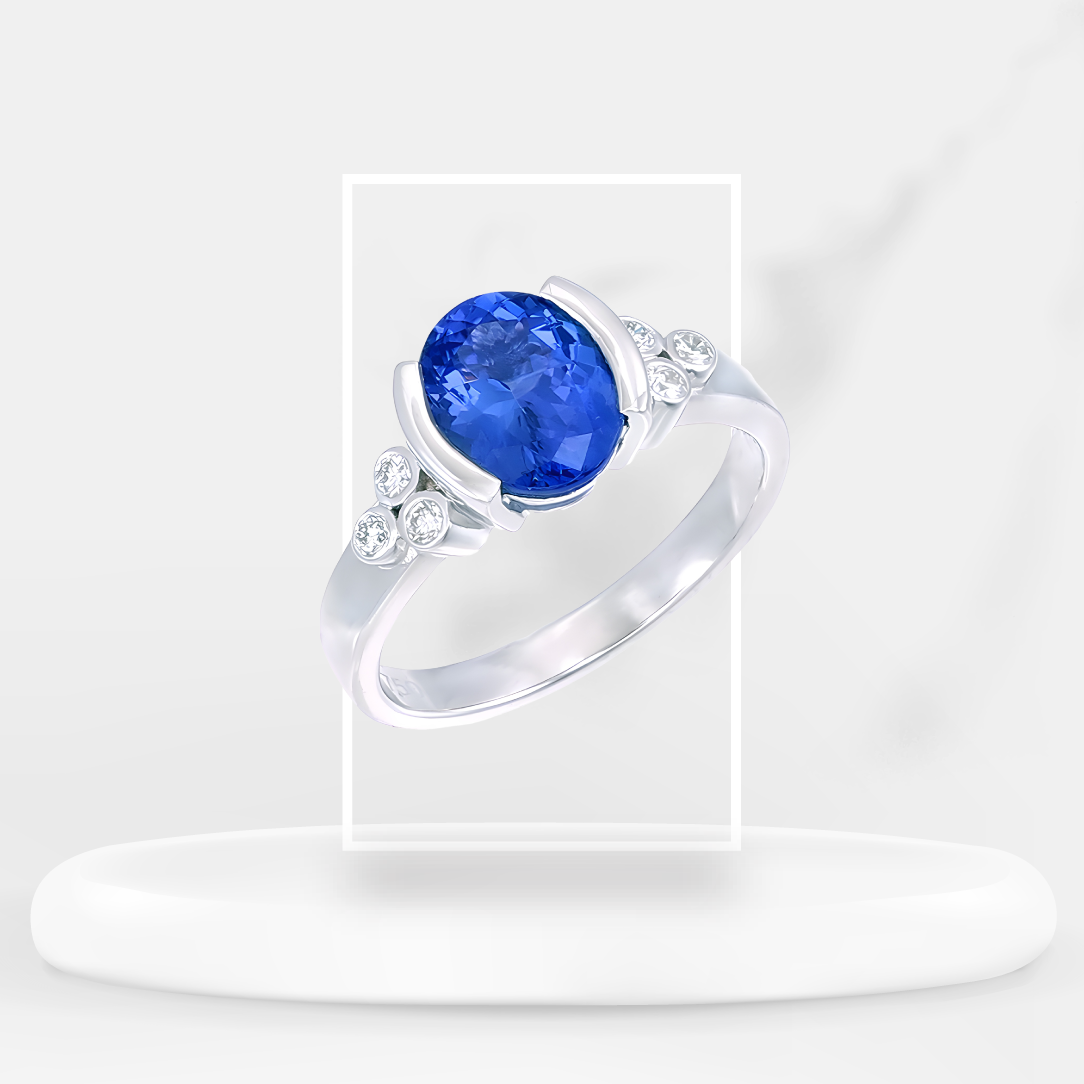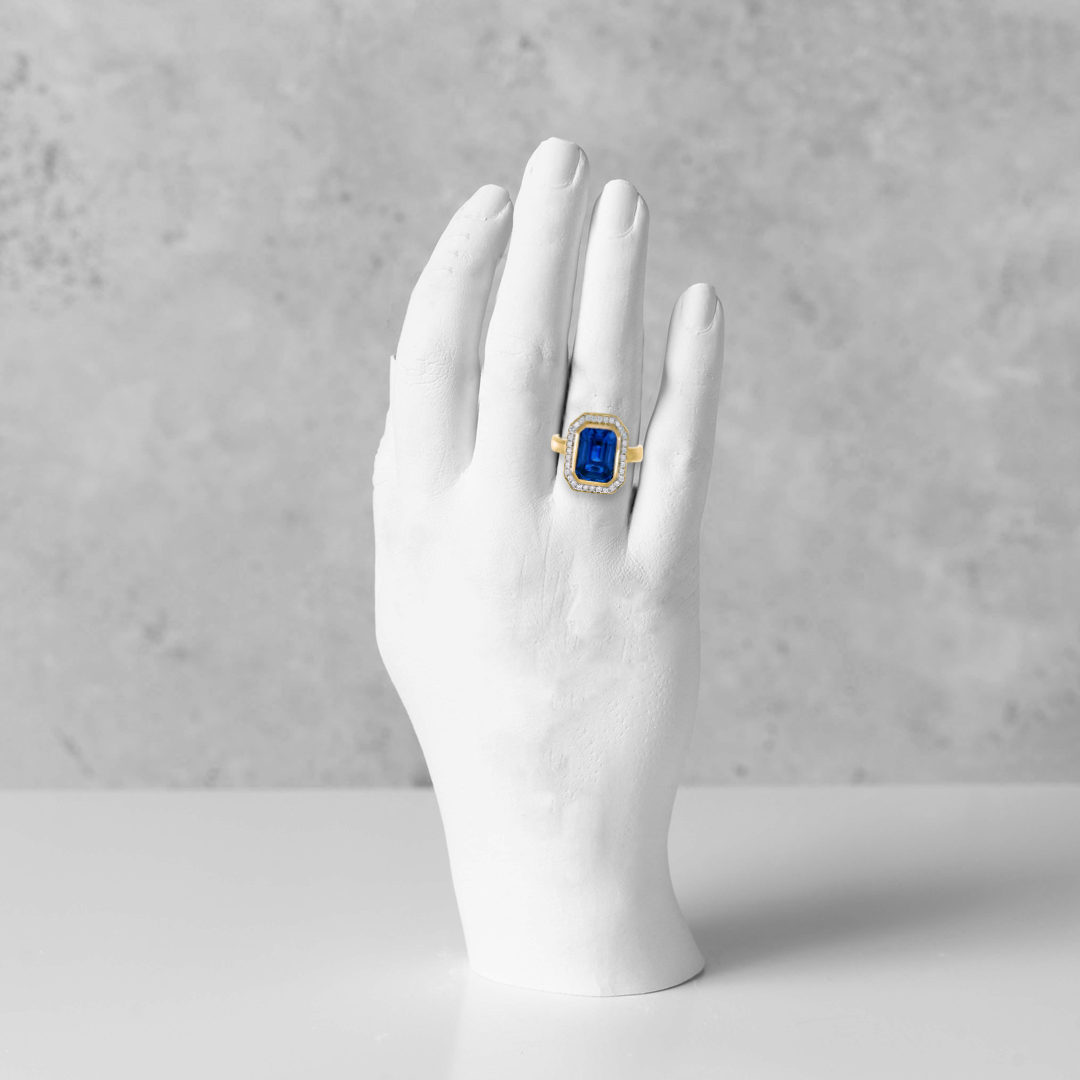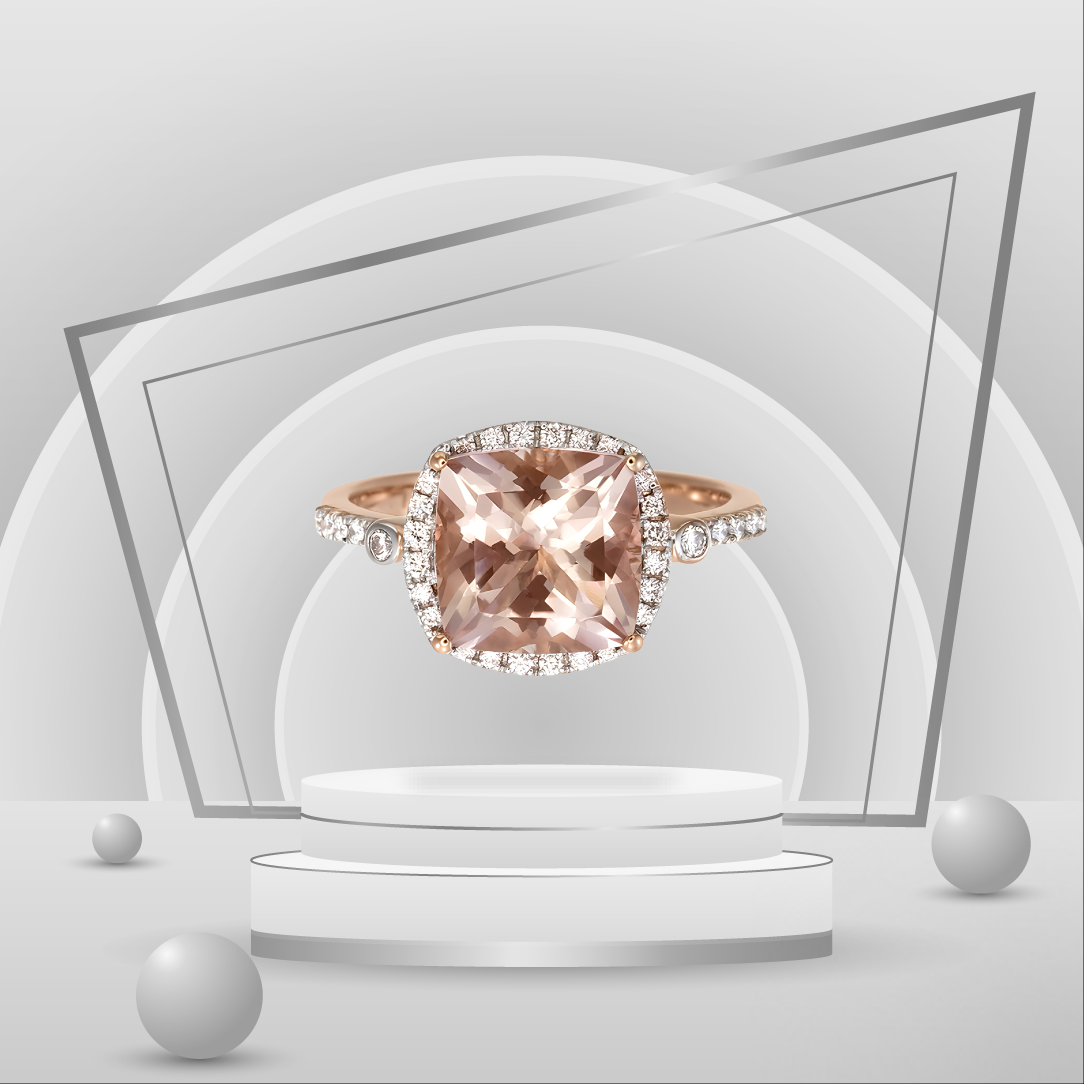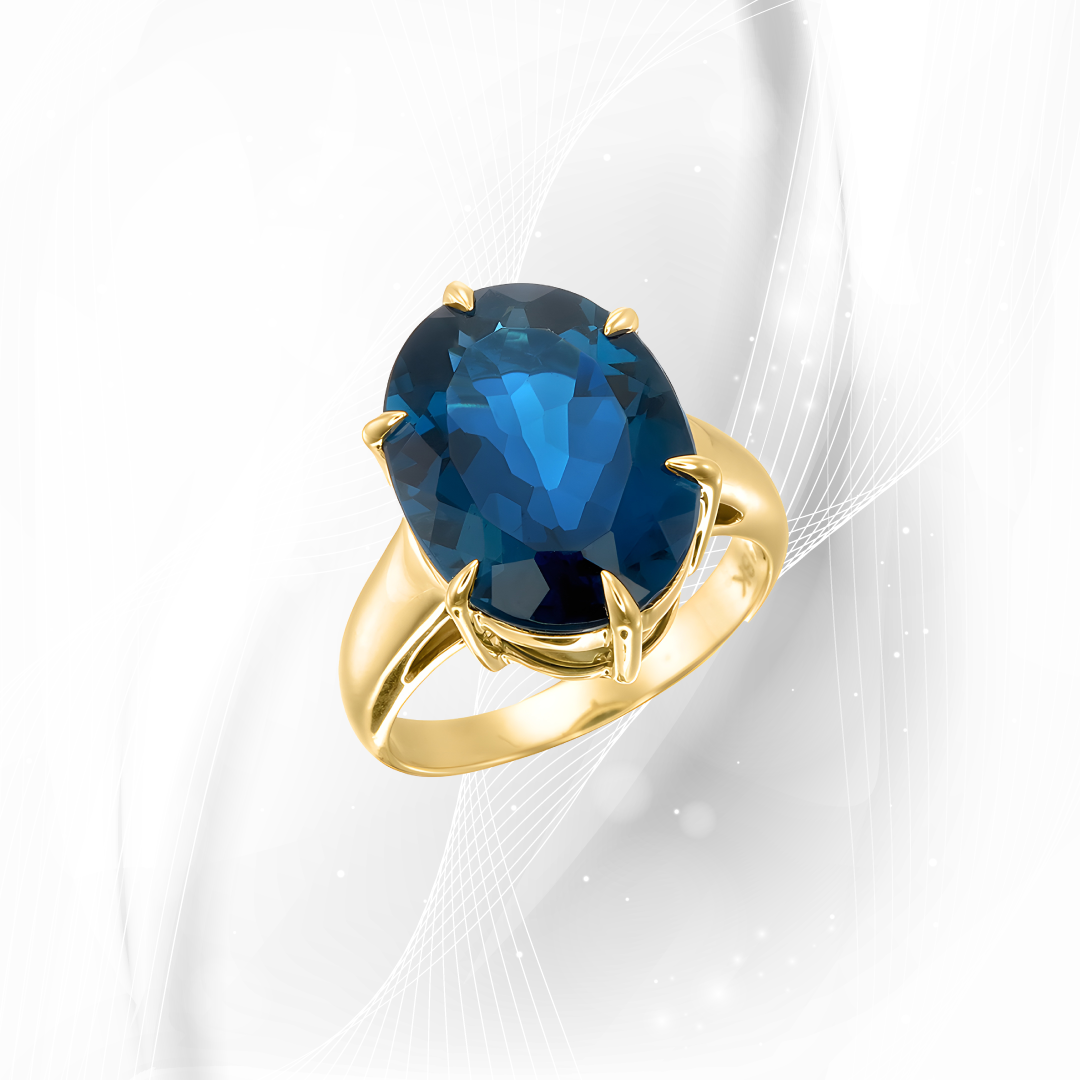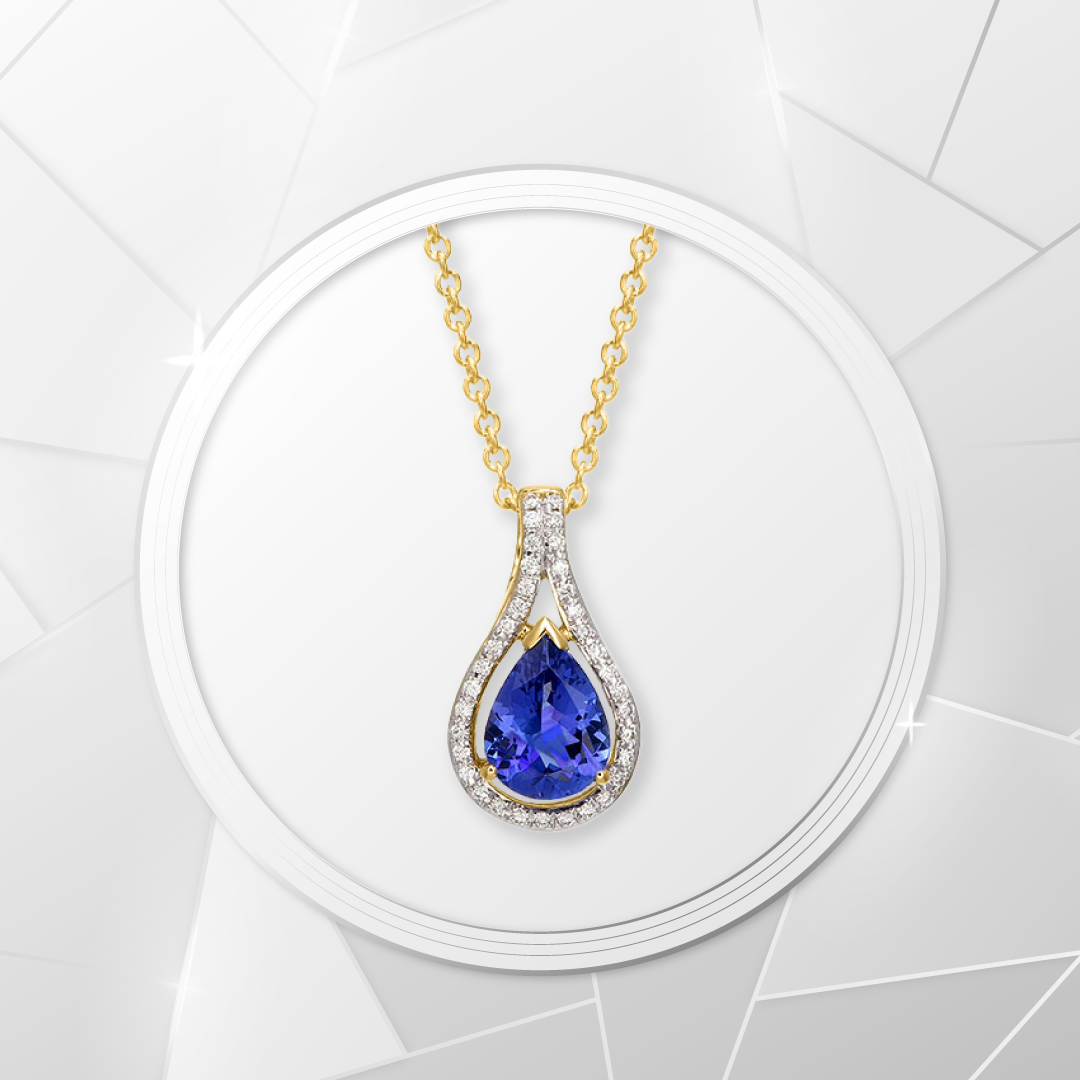Article: Discover the 4 C's: Cut, Color, Clarity and Carat – The Foundations of Diamond Brilliance
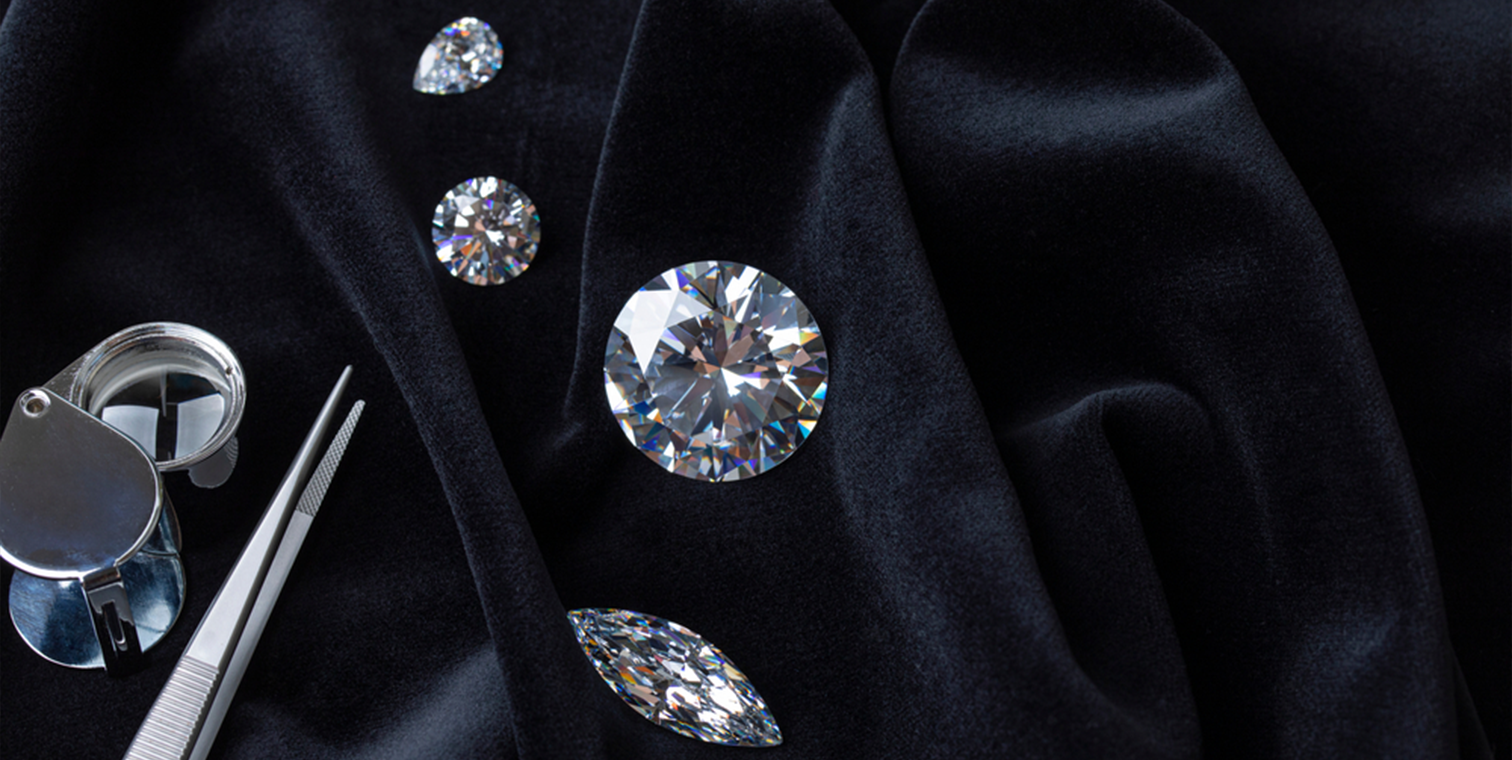
Discover the 4 C's: Cut, Color, Clarity and Carat – The Foundations of Diamond Brilliance
When it comes to choosing a diamond, the shimmering showcase of options can be as dazzling as the gems themselves. It's the 4 C's: Cut, Color, Clarity, and Carat, that set the standard for a diamond's beauty and value. These four characteristics are essential to understanding what makes each diamond unique and are critical for any savvy shopper in the jewelry market.
Cut: The Art of Light Performance
The cut of a diamond determines its brilliance and is considered by many experts to be the most important of the 4 C's. A well-cut diamond will have angles and facets that optimize the light it receives, transforming it into a breathtaking play of brightness, fire, and scintillation.
The Importance of Cut
A masterfully cut diamond will reflect light internally from one mirror-like facet to another, dispersing it through the top of the stone, resulting in a display of sparkling radiance. The cut grading scale ranges from Excellent to Poor and considers factors like symmetry, polish, and proportion. The precision of a diamond’s cut also dictates its ability to mask certain inclusions and enhance the stone's overall visual appeal.
Color: The Hue of Elegance
Color in diamonds refers to the absence of color — a chemically pure and structurally perfect diamond has no hue and consequently, a higher value. The Gemological Institute of America (GIA) grades diamond color on a scale from D (colorless) to Z (light yellow or brown).
The Spectrum of Color
Choosing the right color grade depends on individual taste and budget. Colorless diamonds (D-F) are rare and command top prices, while near-colorless diamonds (G-J) offer a slight trace of color and can provide a more budget-friendly option without a noticeable difference in beauty to the untrained eye.
Clarity: The Measure of Perfection
Clarity is the assessment of small imperfections on and within the diamond, known as inclusions and blemishes. Clarity grades range from Flawless, where imperfections are not visible under 10x magnification, to Included, where inclusions may affect transparency and brilliance.
Why Clarity Matters
While it’s rare to find a diamond without these characteristics, the clarity of a diamond affects not only its beauty but also its durability. When selecting a diamond, it’s about finding the balance between clarity and value; often, inclusions are microscopic and do not detract from the stone’s overall appearance when set in jewelry.
Carat: The Weight of Wonder
Carat refers to the weight of the diamond, and by extension, its size. One carat is equivalent to 200 milligrams. Larger diamonds are rarer and thus more valuable, making carat weight a significant factor in a diamond's price.
Carat’s Influence on Price
The price of a diamond rises exponentially with carat weight since larger diamonds are more rare and desired. However, two diamonds of equal carat weight can have very different values depending on the other C's: cut, color, and clarity.
The Interplay of the 4 C's
When choosing a diamond, it’s vital to consider how the 4 C's interact with one another. A larger carat weight does not guarantee a more beautiful diamond if it’s poorly cut or has noticeable color and clarity issues. Similarly, a flawless clarity grade means little if the cut does not showcase the diamond’s potential for fire and brilliance.
Balancing the 4 C's
The key to selecting the perfect diamond lies in balancing the 4 C's to fit your personal preferences and budget. A slightly lower color or clarity grade will often go unnoticed to the naked eye but can significantly reduce the cost. At the same time, a well-executed cut can make a diamond appear larger and more luminous.
The 4 C's and Diamond Certification
A diamond certificate, often provided by organizations like the GIA or the American Gem Society (AGS), documents the 4 C's of a diamond, ensuring that you are buying a stone that’s been impartially assessed.
The Assurance of Certification
Reputable jewelers will always offer certified diamonds, giving you peace of mind that the quality of your diamond aligns with its grading. Certification ensures that you're making an informed purchase and serves as an essential tool for comparing diamonds.
Concluding Thoughts on Diamond Quality
Understanding the 4 C's is crucial when it comes to selecting a diamond. It's these parameters that define a diamond's rarity and desirability, capturing the essence of what it means to own something as enduring and timeless as a diamond.
As you navigate through the sparkling waters of diamond buying, keep the 4 C's as your compass. The right cut will capture the light, the perfect color will mirror purity, clarity will reveal the diamond's true character, and the carat will speak to its rarity. Each C plays a pivotal role in the diamond’s story — a story that culminates in an unparalleled symbol of commitment and sophistication.
In the end, the diamond you choose is as individual as you are. Whether it’s the centerpiece of an engagement ring, the glittering highlight of a necklace, or the standalone beauty of a pair of earrings, the 4 C's will guide you to a stone that not only shines but also reflects a deep and personal significance.


